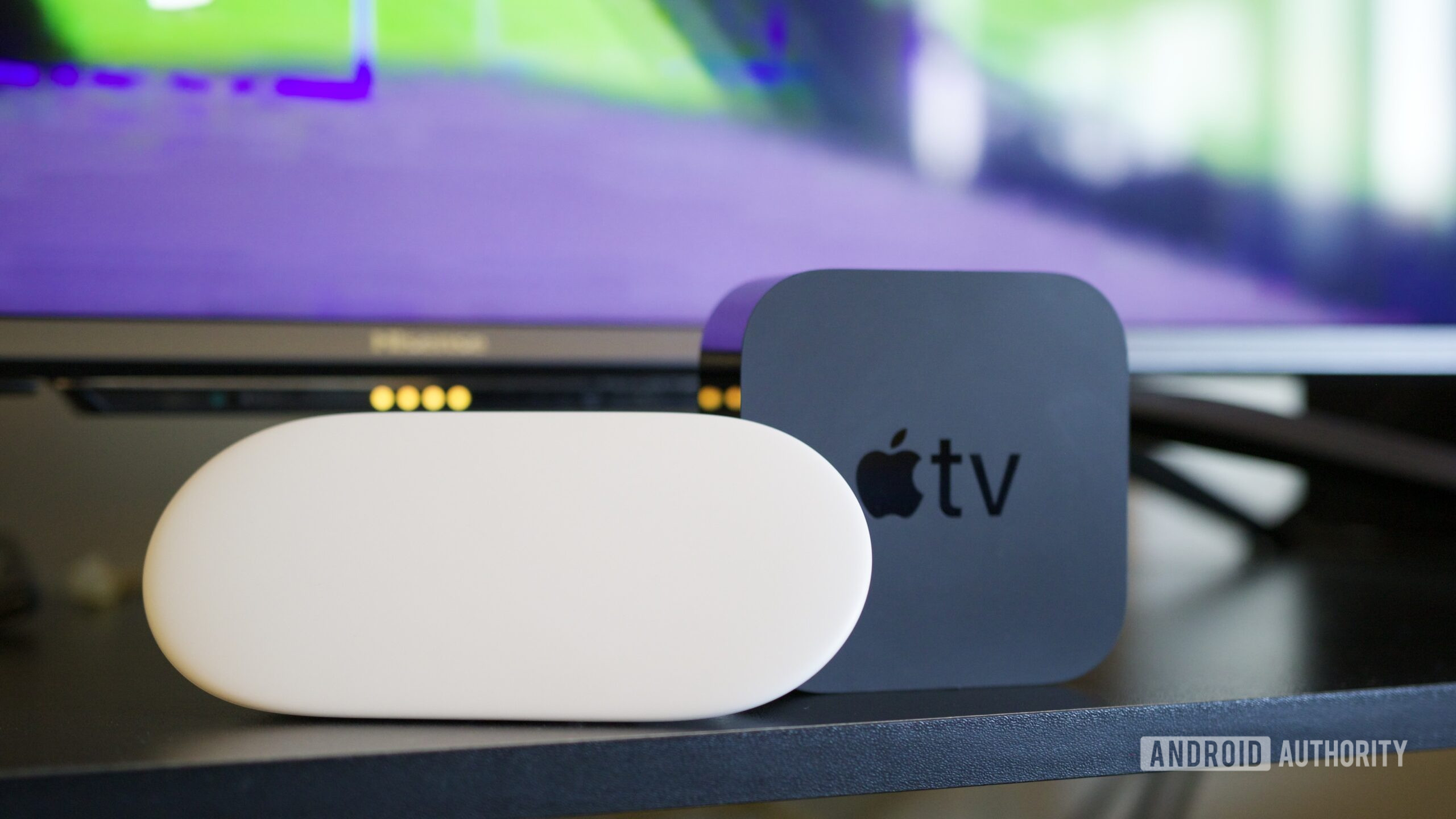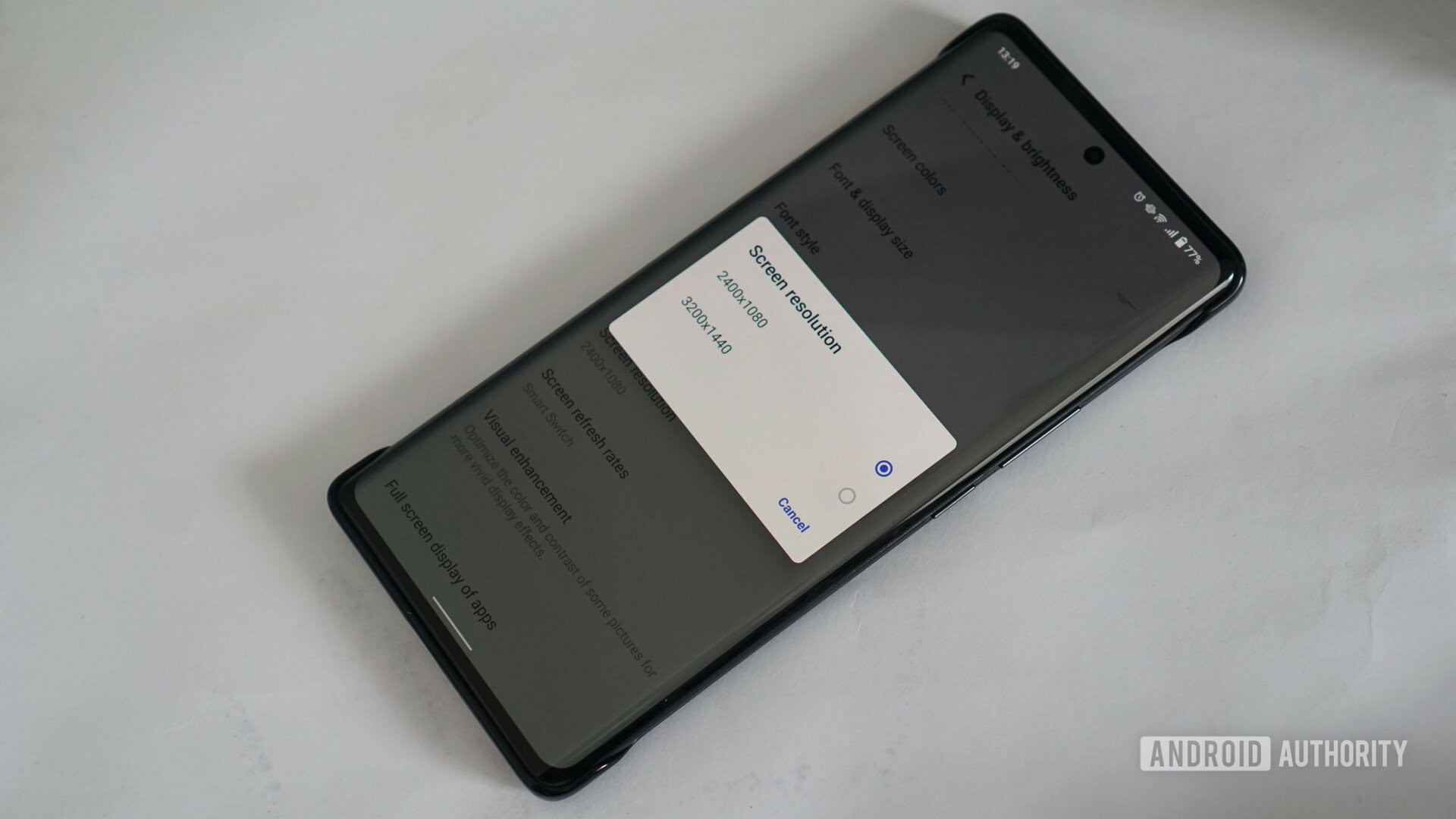Edge Computing: The Future of IoT Devices
Get ahead of the game with Edge Computing! Discover how this revolutionary technology can transform your business and boost your bottom line. Learn more now!

Have you ever heard of Edge Computing? This term might be unfamiliar to most people, but it is the future of the Internet of Things (IoT) devices. In simple terms, Edge Computing refers to the processing of data closer to where it is generated, which is at the "edge" of the network. This means that the processing and storage of data occur closer to the devices and sensors that collect it. In this article, we will explore what Edge Computing is, its benefits, how it works, its applications, and its future.
Introduction
As we continue to connect more devices and sensors to the internet, the amount of data generated by these devices is increasing rapidly. According to Cisco, by 2023, the number of connected devices worldwide will reach 29.3 billion. As a result, there will be a massive amount of data generated that will need to be processed and analyzed. This is where Edge Computing comes into play.
Click Here to Get Sample Premium Report @
https://www.marketresearchfuture.com/sample_request/3239
What is Edge Computing?
Edge Computing is a decentralized computing infrastructure that brings computation and data storage closer to the devices that generate it. Unlike traditional cloud computing, where data is sent to a central data center for processing, Edge Computing processes data on-site, at the edge of the network. This means that Edge Computing can reduce latency, improve response time, and minimize data transmission costs.
How Does Edge Computing Work?
Edge Computing works by distributing computation and data storage between the devices and the cloud. The devices that generate data, such as sensors, cameras, and drones, are equipped with processing power and storage capabilities. These devices process the data they generate and only send relevant data to the cloud for further processing and analysis. This reduces the amount of data that needs to be transmitted, thus minimizing bandwidth requirements and latency.
Benefits of Edge Computing
Edge Computing has several benefits that make it an attractive technology for IoT devices. Some of the benefits are:
- Reduced Latency
Edge Computing reduces latency by processing data closer to where it is generated. This means that the data doesn't need to travel to a central data center for processing, which can take time. By processing data on-site, Edge Computing can provide real-time responses and faster decision-making.
- Improved Security
Edge Computing can improve security by keeping sensitive data on-site, rather than transmitting it to a central data center. This reduces the risk of data breaches and ensures that data is kept safe and secure.
- Reduced Bandwidth
Edge Computing reduces bandwidth by only transmitting relevant data to the cloud. This reduces the amount of data that needs to be transmitted, thus minimizing bandwidth requirements and reducing costs.
- Lower Costs
Edge Computing can reduce costs by minimizing the amount of data that needs to be transmitted and stored in the cloud. This can result in lower storage and bandwidth costs.
Applications of Edge Computing
Edge Computing has several applications across different industries. Some of the applications are:
- Industrial Automation
Edge Computing can be used in industrial automation to monitor and control production processes in real-time. This can improve efficiency, reduce downtime, and lower maintenance costs.
- Smart Cities
Edge Computing can be used in smart cities to monitor traffic, manage waste, and control energy consumption. This can improve the quality of life for residents and reduce costs for local governments.
- Healthcare
Edge Computing can be used in healthcare to monitor patients in real-time, analyze medical data, and provide personalized care. This can improve patient outcomes and reduce healthcare costs.
The Future of Edge Computing
The rapid growth of Edge Computing can be attributed to its ability to provide real-time insights and faster decision-making, which is crucial for businesses that rely on IoT devices.
Moreover, with the increasing adoption of 5G technology, the demand for Edge Computing is expected to increase further. 5G technology offers faster speeds and lower latency, which makes it ideal for Edge Computing applications.
To understand how an Edge Computing Market report can bring a difference to your business strategy, Purchase this report:
https://www.marketresearchfuture.com/checkout?currency=one_user-USD&report_id=3239
Edge computing refers to a decentralized computing model in which data processing and storage occur closer to the source of the data, rather than in centralized data centers. This enables faster data processing, reduced latency, improved security, and increased reliability. The global edge computing market is expected to grow at a significant rate in the coming years, driven by the increasing demand for real-time data processing and analysis in various industries.
The COVID-19 pandemic has accelerated the adoption of edge computing, as organizations across various sectors have had to quickly adapt to remote work and digital transformation. The increased reliance on cloud-based applications and services has highlighted the need for edge computing to enable faster processing and analysis of data at the edge of the network.
Regional Analysis
North America is expected to dominate the global edge computing market due to the presence of major edge computing companies and the increasing adoption of IoT devices in the region. Asia Pacific is expected to be the fastest-growing market, driven by the increasing adoption of edge computing in industries such as manufacturing, healthcare, and transportation.
Market Segmentation
The Global Edge computing market has been segmented into technology, deployment, component, application and vertical
By Technology: Fog Computing, Mobile Edge Computing.
By Deployment: On-Premise, Cloud.
By Component: Hardware, software, and services.
By Application: IoT Data, Caching Analytics, Environment Monitoring, Augmented Reality Location Services and other similar services.
By Vertical: Energy and Utilities Transportation, Manufacturing, Semiconductor, Government IT & Telecommunication, Retail, Education, Hospitality.
Browse Full Report Details @
https://www.marketresearchfuture.com/reports/edge-computing-market-3239
Conclusion
Edge Computing is the future of IoT devices, as it offers real-time insights, faster decision-making, and improved security. Its ability to reduce latency, bandwidth requirements, and costs makes it an attractive technology for businesses across different industries. As the demand for IoT devices continues to increase, Edge Computing is expected to play a crucial role in processing and analyzing the massive amount of data generated.
Realted Reports:
About Market Research Future (MRFR):
Market Research Future (MRFR) is a global market research company that takes pride in its services, offering a complete and accurate analysis with regard to diverse markets and consumers worldwide. MRFR’s approach combines the proprietary information with various data sources to give an extensive understanding to the client about the latest key developments, expected events and also about what action to take based on these aspects.
Contact:
Market Research Future (Part of Wantstats Research and Media Private Limited)
99 Hudson Street, 5Th Floor
New York, NY 10013
United States of America
+1 628 258 0071 (US)
+44 2035 002 764 (UK)
Email: sales@marketresearchfuture.com
Website: https://www.marketresearchfuture.com
What's Your Reaction?
 Like
0
Like
0
 Dislike
0
Dislike
0
 Love
0
Love
0
 Funny
0
Funny
0
 Angry
0
Angry
0
 Sad
0
Sad
0
 Wow
0
Wow
0

























































